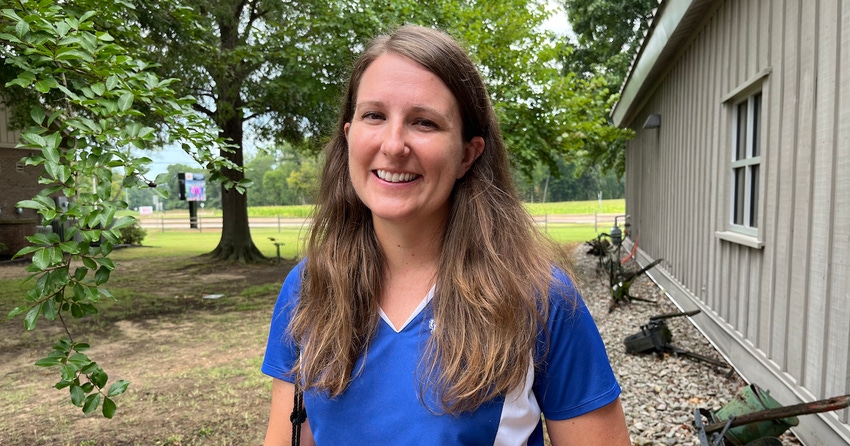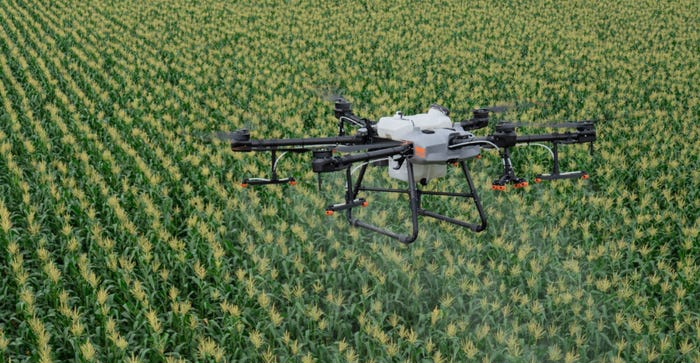
Kiersten Wise, Plant Pathology Extension Specialist with the University of Kentucky, has spent the past few years evaluating the efficacy of foliar fungicide applications made by drones. Her research has found drone sprayer applications can provide adequate coverage. Fungicides applied with a drone sprayer also reduced foliar disease presence, and, in cases of high disease pressure, significantly increased yields, according to study results.
As producers become more confident in drone sprayer capabilities, their next question may be, “Should I contract a commercial drone application, or purchase my own drone?”
“The answer to that question will be specific to each operator and operation,” Wise said. “There are many considerations, but in my opinion a producer’s time is one of the more significant costs when it comes to owning and operating a drone.”
Other considerations include costs, labor, insurance, and finding other uses for application drones.
Time
“Training on drone operation, as well as FAA and EPA guidelines can be very time consuming. Spraying fields with a drone may require more of a time commitment from operators or employees,” Wise said. “Factor your time into the economic costs of purchasing drone equipment versus using a commercial drone applicator, or other application methods, to apply fungicide to fields.“
“By the same token, the appeal of drone applications, particularly in my state, is that they allow growers to be more timely with fungicide sprays when a plane or helicopter is not available.

Costs
Currently, commercial drone application costs are similar to other aerial application methods, according to Wise.
Self-application would require a larger up-front investment, with the purchase of the drone accounting for only a portion of the costs.
“Current drone owners have found that several additional investments are needed to operate, transport, and store drones safely and efficiently. In some cases, the cost of these additional necessary items may be equal to or greater than the cost of the drone itself,” Wise said.
Other items that spray drone applicators find helpful include:
Additional batteries
Generator for charging batteries
Tank and pumps for water storage and to pre-mix pesticides
Boxed-in trailer to transport drone and supplies
ATV or smaller, less expensive drone to mark field boundaries
A ladder to assist in maintaining visual line of sight
Weed eater to clear landing/take off area
Staffing
Operating a drone for agricultural spraying is a two-person job. A team of two makes battery changing and reloading pesticides faster and more efficient. In addition to the drone pilot, a visual line-of-sight observer during drone flights is needed.
Parts and repairs
“Current owners of application drones have reported that it may take up to two weeks to receive parts that are shipped from other countries,” said Wise. “Reliable customer service and training options should also be factors to consider before investing in units.”
Insurance
Typically, general farm insurance policies do not cover aircraft, such as drones. Additional policies may be needed for liability and insuring the drone. Contact your insurance provider to determine what policies are needed before purchasing drone equipment.
Other drone uses
Many believe we are just at the beginning of drone uses in agriculture. Currently, fungicide applications are drones’ wheelhouse, but other potential uses are being uncovered. Finding alternative uses and opportunities for spray drones may influence an operator’s decision to buy or contract.
Other reported uses include applying herbicides, stripping in urea, broadcasting cover crop seed in standing crops, treating ponds and wetlands, and even painting greenhouse roofs.
About the Author(s)
You May Also Like






